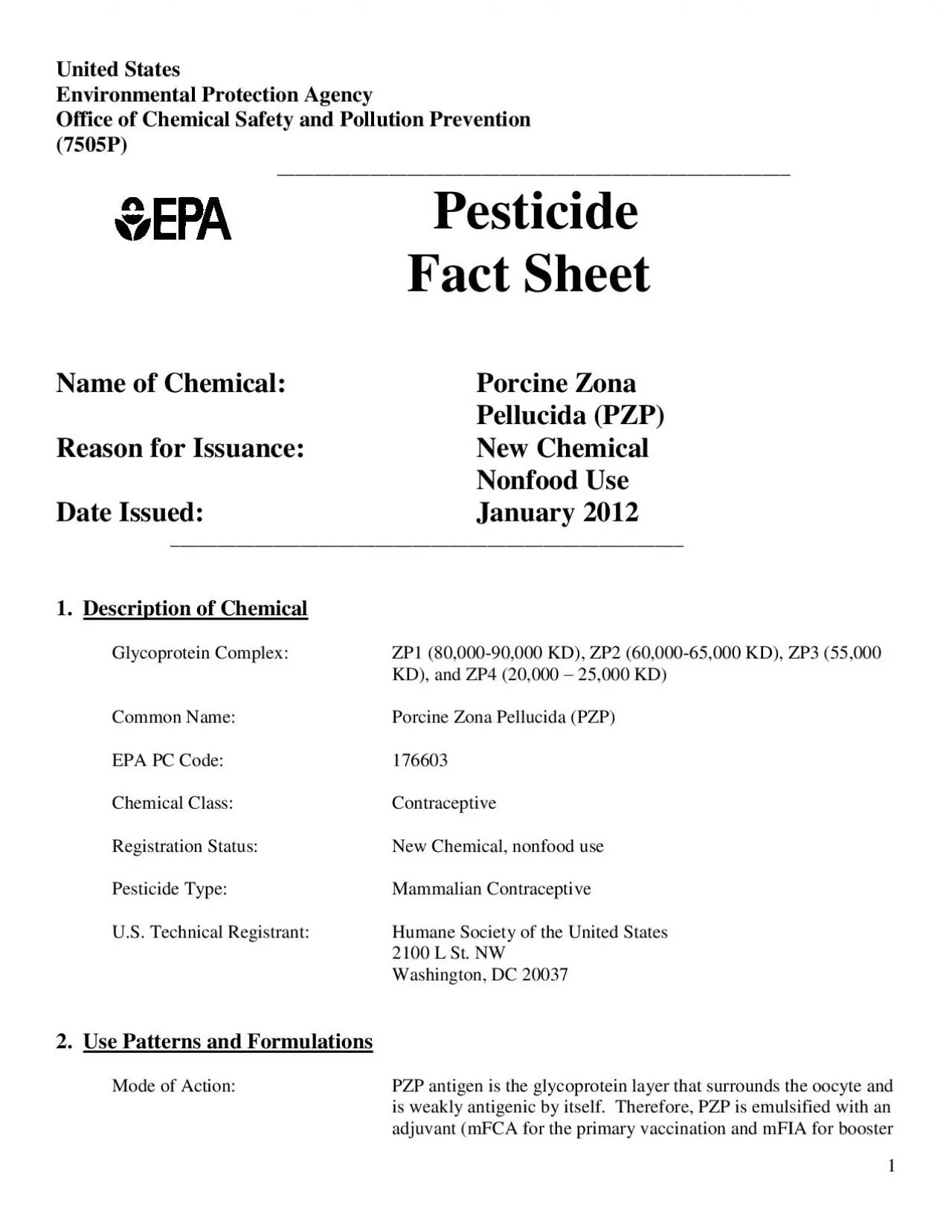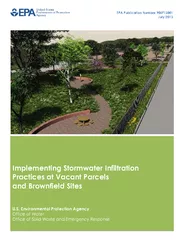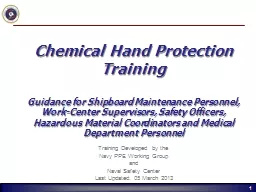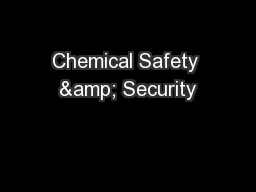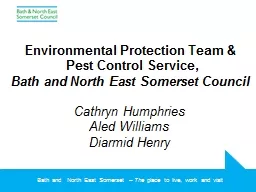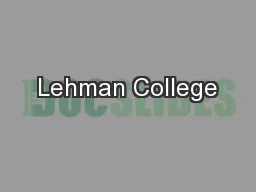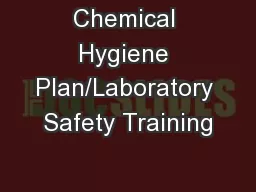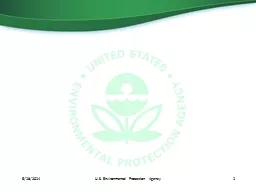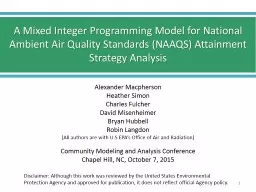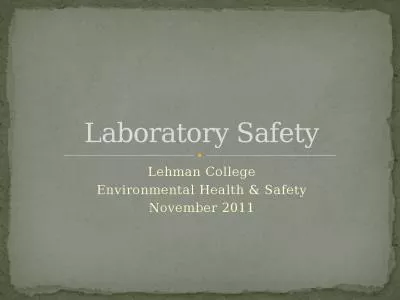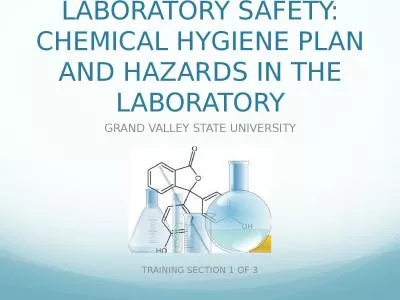PDF-United States Environmental Protection AgencyOffice of Chemical Safety
Author : rosemary | Published Date : 2021-07-02
1 Name of Chemical Porcine Zona Pellucida PZP Reason for Issuance New Chemical Nonfood Use Date Issued January 2012 1Description of Chemi
Presentation Embed Code
Download Presentation
Download Presentation The PPT/PDF document "United States Environmental Protection A..." is the property of its rightful owner. Permission is granted to download and print the materials on this website for personal, non-commercial use only, and to display it on your personal computer provided you do not modify the materials and that you retain all copyright notices contained in the materials. By downloading content from our website, you accept the terms of this agreement.
United States Environmental Protection AgencyOffice of Chemical Safety: Transcript
Download Rules Of Document
"United States Environmental Protection AgencyOffice of Chemical Safety"The content belongs to its owner. You may download and print it for personal use, without modification, and keep all copyright notices. By downloading, you agree to these terms.
Related Documents

